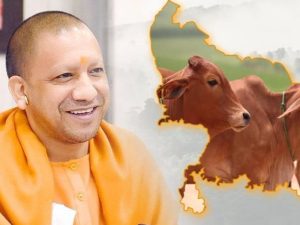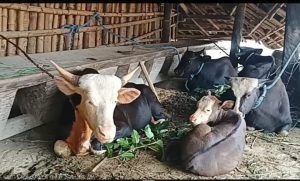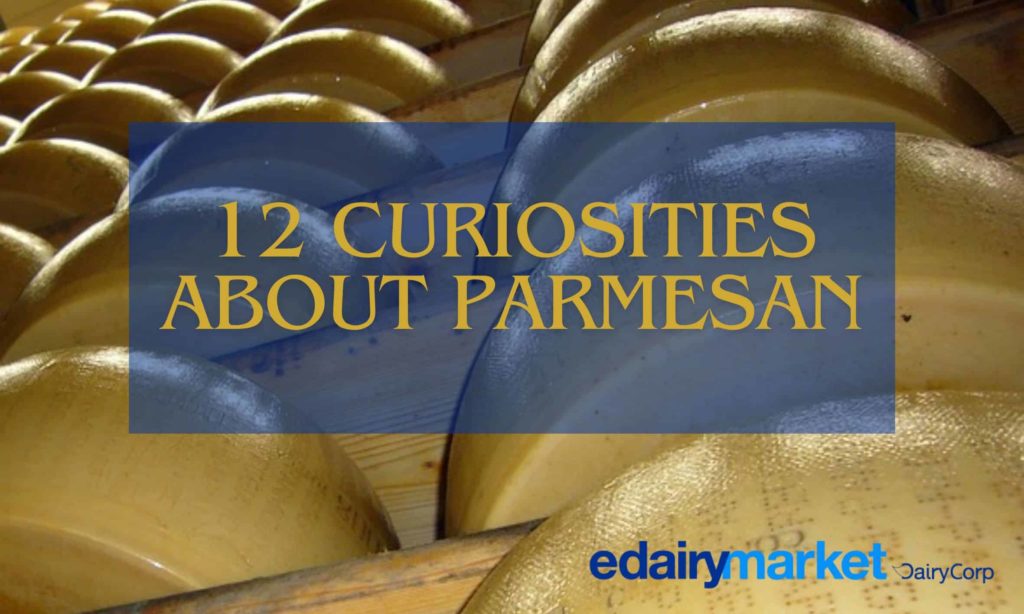
Indian politics often flirts with the melodramatic and sometimes leaps straight into the bizarre. Just when you think you’ve seen it all, something even stranger comes along.
This time, it was a video clip that went viral: a man in a saffron scarf pouring milk over a portrait of the All India Majlis-e-Ittehadul Muslimeen (AIMIM) leader Asaduddin Owaisi. A Hindu youth offering a “milk bath” to a leader often demonised as a hardline Muslim by Hindutva trolls? Now that’s elasticity in public opinion or, more precisely, in political sentiment.
Of course, politicians inspire a special brand of devotion. Their followers frequently go the extra mile—sometimes the extra absurd mile—to honour them. I’m reminded of the Hindu Sena’s elaborate hawan at Delhi’s Jantar Mantar in 2024 to wish a long life for Donald Trump. In 2016, a temple in Mumbai conducted a special yajna for his victory in the US election. By 2024, pujas were being held for both Trump and Kamala Harris. In one ritual, roli or vermilion was smeared on Trump’s photos. Meanwhile, in Palwancha village, Telangana, Kamala Harris was blessed with an 11-day prayer ceremony.
The tradition of politician worship goes back a long way. In 1965, a plan was made to gift Lal Bahadur Shastri with his weight in gold after the Indo-Pak war. Around 60 kg of gold was collected in Chhoti Sadri, Rajasthan, to honour the Prime Minister during his planned visit. But Shastri died in Tashkent in January 1966 before the ceremony could take place. The gold, handed to the District Collector, triggered a decades-long legal battle, ending with the Central GST department claiming it in 2021. Indira Gandhi was reportedly weighed in silver in 1972 and again in 1978. Lalu Prasad was showered with coins in Patna in 2003. The scale of reverence is often measured… well, on a scale.
One is familiar with the Hindu symbolism of bathing idols in milk, also called ksheerabhishekam or paalabhishekam. But I also recall vividly the great “Ganesha drinking milk” phenomenon of 1995, when I was barely out of my teens and saw throngs of believers offering milk to Ganesha idols who seemed to be lapping it up. I tried but wasn’t successful. When I voiced doubts about the phenomenon being real, my uncle snapped: “Are you an atheist? The one from whose hand even God won’t drink?”
Now, I have nothing against milk—neither for drinking nor bathing. The latter, I am told, even Cleopatra did to maintain her flawless skin. But Owaisi didn’t get a spa treatment, his photo did. Which reminded me of that other viral clip from the Mahakumbh: a woman dipping a photograph of her late husband into the holy Sangam.
Even the photo-bathing trend isn’t new. In 2018, Hyderabad’s Muslim clerics criticised AIMIM leaders for bathing a poster of KCR (K. Chandrashekar Rao, founder of the Bharat Rashtra Samithi) with milk. For Muslim clerics, it crossed the line into idol worship.
But the tradition stayed. In October 2016, Telangana’s then Deputy Chief Minister Mahmood Ali performed a milk bath for KCR’s portrait—at no other spot than the Charminar—to celebrate the State topping India’s ease-of-doing-business rankings. In 2017, not just politicians but even a group of Telangana High Court lawyers gave KCR’s portrait the ceremonial milk wash to thank him for raising lawyer honorariums.
In Tamil Nadu, the trend has a longer history and is linked not only to temples and politicians but also to film stars. Fans have long offered milk abhishekams to larger-than-life cutouts of their favourite cine heroes outside cinemas on the first day of the film’s release.
One doubts Owaisi ever imagined he would enjoy this kind of makeover—being hailed as a patriot by saffron-scarved youths and having his photo bathed in milk. The video of the ritual was captioned: “Yahi to khubsurti hai mere desh ki” (This is the beauty of my country). What Muslim clerics can say this time is unclear.
Owaisi’s political journey hasn’t exactly flowed like milk. He has survived the rough and tumble of electoral politics, winning the Hyderabad Lok Sabha seat five times since 2004, after serving two terms as an MLA. He has long battled the label of being the BJP’s “B-team”, a charge made by the Rashtriya Janata Dal, the Samajwadi Party, and the Congress, especially in vote-sensitive states such as Uttar Pradesh, Bihar, and Maharashtra, where he is perceived as cutting into the opposition vote.
From the other side, he faces the hardliner tag. In 2024, when Owaisi ended his Lok Sabha oath with “Jai Palestine”, the BJP pounced and right-wing trolls piled on. The same man, draped in the tricolour, was seen shouting “Pakistan Murdabad” and “Bharat Zindabad” after the Indo-Pak fracas. That clip changed his standing overnight.
In one of his viral videos, Owaisi calls Pakistan a nation of “bheekmange” (beggars).
In another show, however, he is seen saluting Batakh Miyan Ansari, the unsung cook who warned Gandhi about poison in his food, and contrasting him with Nathuram Godse. “The country must choose,” Owaisi says, “between the poison of Godse and the love of Batakh Miyan.”
Owaisi is clearly doing both—taking on a strident anti-Pakistan pitch while attacking Hindutva idols like Godse. So it is not yet clear how his support base will react.
While many still see Owaisi as a spoiler candidate who splits the Muslim vote and helps the BJP, for others, he is a serious politician trying to carve a new electoral axis—uniting Dalits and Muslims—through alliances with Prakash Ambedkar in Maharashtra or Chandrashekhar Azad “Ravan” in Uttar Pradesh.
Owaisi works out regularly at the Constitution Club in Delhi. Months before the 2019 Lok Sabha election, he hosted a lunch with journalists who cover non-National Democratic Alliance parties. I recall him saying then: “The election will turn Hindu-Muslim. BJP will win hands down.” At the time, we scoffed. This was before Pulwama. But he was right. Prophetic even.
Owaisi has long maintained that Muslims should vote for their interests and not out of secular guilt. Whether his anti-Pakistan rhetoric and the sight of saffron-clad men worshipping him with milk will take him to new political heights remains to be seen.
But one thing is clear: the melodrama of Indian politics will continue unabated.
Until my next.
Anand Mishra | Political Editor, Frontline
You can now read the most important #news on #eDairyNews #Whatsapp channels!!!
🇮🇳 eDairy News ÍNDIA: https://whatsapp.com/channel/0029VaPidCcGpLHImBQk6x1F

















